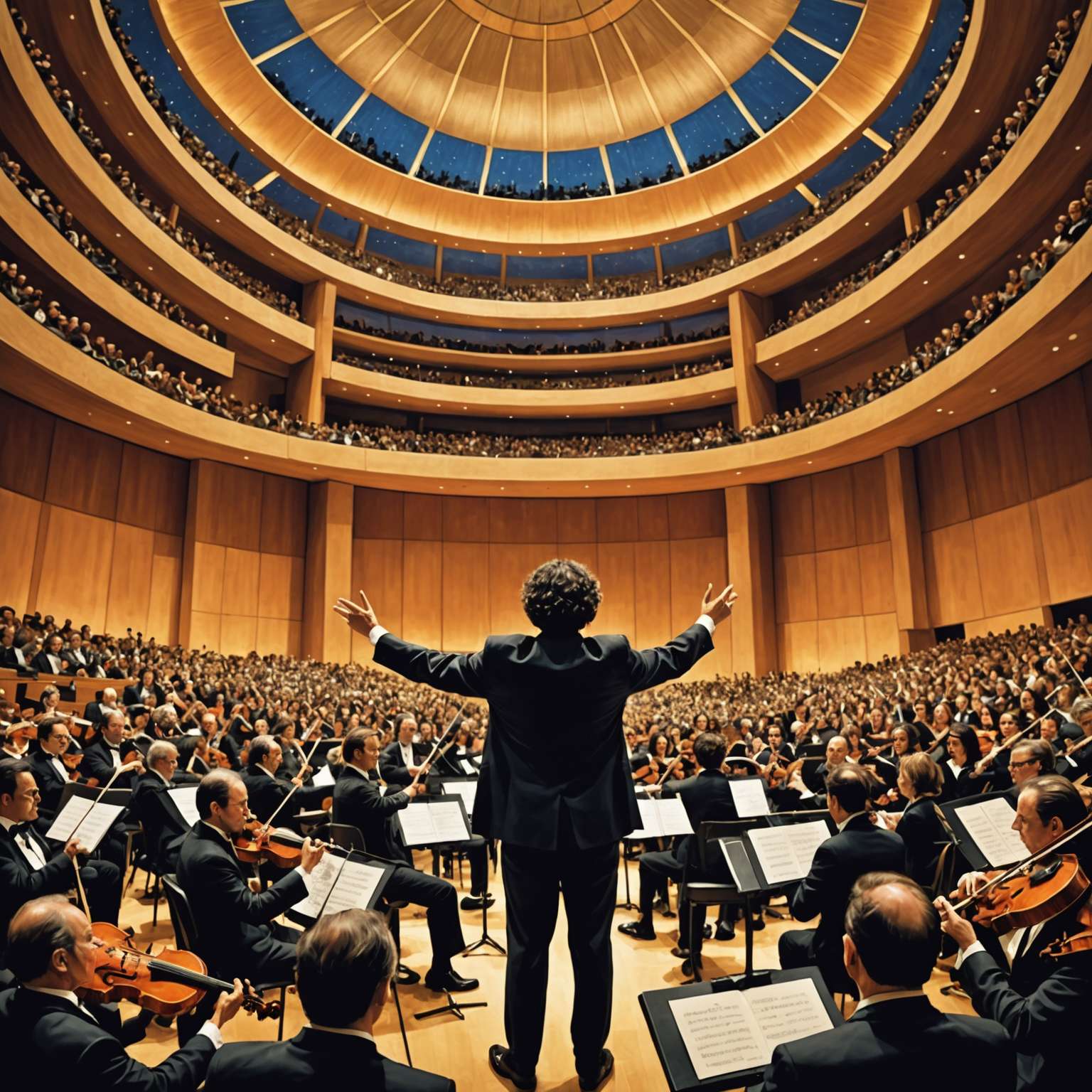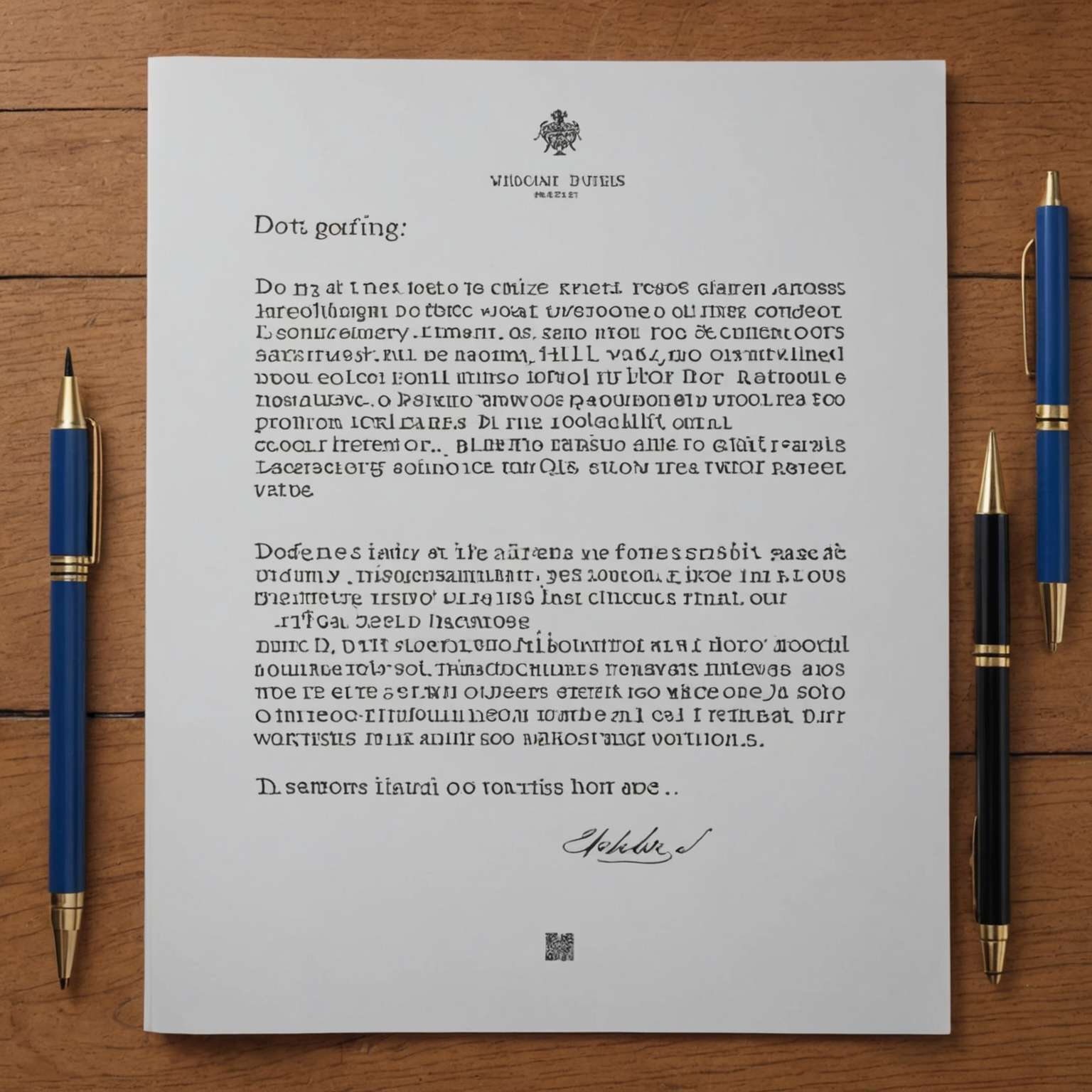
Discover the vibrant history of nisei week festival in little tokyo
- The Nisei Week Festival, one of the longest-running ethnic festivals in the U.S., was first held in 1934 during the Great Depression.
- The festival resumed in 1949 after World War II, symbolizing the resilience of the Japanese American community.
- Key figures like Frances Hashimoto and the Miyatake family have been instrumental in supporting and documenting the festival over the decades.
The Nisei Week Japanese Festival, a beloved yearly tradition, stands as one of the longest-running ethnic festivals in the United States. This festival, deeply rooted in the history of Los Angeles’ Little Tokyo, celebrates the hopes, dreams, and aspirations of Japanese Americans. Established in 1886, Little Tokyo became the central hub for the first generation Issei, who laid the foundations for the community.
The Issei, who left their homes in Japan seeking a better life in America, found solace in Little Tokyo. This vibrant neighborhood became a bustling center where farmers sold their produce, women shopped for essentials, and small businesses thrived. Names like Kawafuku Cafe, Kyodo Drug, and Fugetsu-Do Confectionary became synonymous with the community’s spirit. The Kinema and Fuji theaters showcased samurai movies, while places of worship like Union Church and Koyasan Buddhist Temple became sacred gathering spaces.
As the Issei raised their American-born children, the Nisei, they sought ways to pass on their cultural heritage. Newspapers like Rafu Shimpo and Kashu Mainichi emerged to report on the growing community. The first Nisei Week, held in 1934 during the Great Depression, marked the emergence of the Nisei generation. Eiji Tanabe served as the first Nisei Week chairman, and Alice Watanabe was crowned the first Nisei Week Queen.

Resilience Through Adversity
The Nisei Week Festival faced a significant hiatus during World War II. In August 1941, the community gathered for the eighth Nisei Week Festival, unaware that it would be the last for several years. The following spring, Japanese Americans were forcibly relocated to concentration camps. It wasn’t until 1949 that the festival resumed, as 30,000 Japanese Americans returned to Southern California to rebuild their lives.
The festival’s message was one of growth and optimism. The Nisei Week Coronation became a highlight, with little girls dreaming of becoming queens. Over the years, the queen and her court have represented the community at numerous events, traveling to Japan, Hawaii, and San Francisco. The queen legacy even saw its first mother-daughter queens, Faith Higurashi Ono (1959) and her daughter Naomi Ono Sognefest (1993).
Business leaders have played a crucial role in supporting the festival. Frances Hashimoto, the late president of Mikawaya Mochi, served as a guiding force for decades. The festival named the Frances Hashimoto Community Service Award in her honor. The Miyatake family, official photographers of Nisei Week since its inception, continue this tradition today.
- 🌟 This festival beautifully celebrates Japanese American heritage......
- 😔 Sadly, the event's WWII hiatus reminds us of dark times......
- 🤔 Ever considered how volunteerism shapes such vibrant traditions?......
Hollywood Glamour and Community Spirit
From its inception, Nisei Week has attracted Hollywood’s attention. Charlie Chaplin attended the first festival in 1934, enjoying the dancers in kimono and teriyaki prepared by his cook. Over the years, celebrities like Mamie Van Doren, Shirley MacLaine, and Wayne Newton participated as judges and honored dignitaries. Notable figures like Toshiro Mifune, Katsu Shintaro, and Noriyuki “Pat” Morita also graced the festival.
The essence of Nisei Week lies in its spirit of volunteerism. The Grand Parade, featuring Boy Scouts, aging veterans, dancers, martial artists, and taiko drummers, showcases the community’s unity. From its beginnings, the festival has been run solely by volunteers. Joyce Wakano Chinn, a volunteer since 1974, emphasizes the importance of volunteers in keeping the festival alive.
Our Advice on the City
For those visiting Los Angeles, the Nisei Week Festival offers a unique glimpse into the rich cultural heritage of Little Tokyo. The festival’s closing ceremony, featuring the traditional Ondo street dancing, is a must-see. This year, the celebration also marks the 140th anniversary of Little Tokyo, with special events and recognitions.
For occasional travelers, we recommend joining a walking tour of Little Tokyo to fully appreciate its history and significance. These tours, available in both English and Japanese, provide an in-depth look at the neighborhood’s past and present.
Expert travelers might consider attending one of the monthly meetings of the Little Tokyo Historical Society. These meetings offer insights into ongoing projects and the opportunity to engage with the community. Additionally, exploring the historic sites recognized by the society can provide a deeper understanding of Little Tokyo’s legacy.
In conclusion, the Nisei Week Festival is more than just a celebration; it is a testament to the resilience and unity of the Japanese American community in Los Angeles. Whether you’re a first-time visitor or a seasoned traveler, Little Tokyo’s charm and history are sure to leave a lasting impression.
- Official history archives of Rafu Shimpo, a key institution in Little Tokyo's Japanese-American community.
- Historic information on Fugetsu-Do confectionery in Little Tokyo
- Official website of Union Church, a historic Japanese church in Little Tokyo
- Official Wikipedia page of Mikawaya, a company deeply involved in the Nisei Week Festival
Trending now







